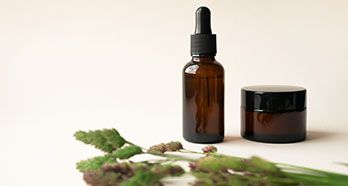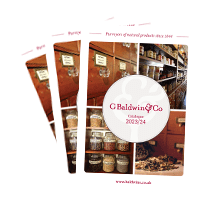How To Make Your Own Soap
If you’re still as haunted as I am by Brad Pitt’s revelation in Fight Club that most cheap soaps are made from body fat, then you probably hate soap shopping.
I know that in recent years, I have given up on most store brand soaps and have opted for more traditional routes, namely making my own soap.
And it is actually quite fun, once you get past the whole ‘basic chemical reaction’ between fats or oils and lye. Pick from your favourite range of essential oils and fragrances and you can get quite inventive.
Methods For Making Soap
Now if you’re interested in having a go at making your own soap, there are 4 routes you can choose from:
- The Cold Process – this is the most common and involves making your soap from scratch using oils and lye
- The Melt and Mould Process – here you take pre-made blocks of soap, melt them, then add your own fragrance
- The Hot Process – varies from the cold process in the fact that your soap is cooked
- The Re-batching Process – where you grind up bars of soap, add milk or water and re-blend them together.
Each have got their pros and cons, but in this post I am going to show you how to do the most popular method ‘The Melt and Mould Process’ as you can control the ingredients, fragrances and essential oils you use.
Soap making has become more and more popular recently, and Melt and Mould soap making means it’s easier than ever to produce your own soaps for friends and family or on a larger scale.
The idea is simple – plain, readymade soap bases that you melt, add your favourite ingredients to, and set. And now there’s more room for variation in your vegetable based soap making, as we’ve added two new exciting bases to our range – Organic Sodium Lauryl Sulphate (SLS) free Soap Base and SLS free Soap Base.
To Make:
- Melt down the soap base of your choice in a saucepan or bain-marie.
- Once liquefied, thoroughly mix in essential oils, about 25 drops of oil to 150g soap should suffice.
- At this point you can be as creative as you like, and add anything from different coloured soap bases, flowers and petals to natural colouring.
- Once you’re happy with the mix it’s ready to be added to the mould. Baldwins offers a high quality, long-lasting silicon soap mould which produces up to six soaps at a time, but you can use anything that set soap can easily be removed from like a yoghurt pot or gelly mould.
- Make sure you brush the inner walls of your mould with vegetable oil to make the soap easy to remove once it’s set.
- Pour the mix into the mould carefully and leave to cool overnight. You can place the soap in a fridge to speed the process up, should you wish. Before the soap solidifies you could consider branding it using a homemade stamp or engraving tool.
- Once set, remove the soaps carefully from the mould, gently cleaning off any vegetable oil from the outside of the bars. Why not consider wrapping your soap in tissue paper and giving it as a gift?
With practice you can become a soap making mastermind, so give it a try and see what happens! For soap bases, moulds, soap making kits and more visit the Baldwins.co.uk store
No related posts.
 Looking for Qualified Advice on Herbs & Supplements?
Read our health guides, quick tips and popular posts on a range of health conditions, products & fitness
Looking for Qualified Advice on Herbs & Supplements?
Read our health guides, quick tips and popular posts on a range of health conditions, products & fitness
- Aromatherapy (19)
- Cold, Cough & Flu (13)
- Food & Supplements (39)
- Hair (17)
- Headaches & Stress Relief (18)
-
Health & Home (118)
- Allergies (4)
- Beauty (21)
- Blood & Circulation (11)
- Bone Strength & Dental (2)
- Breathing Conditions (3)
- Concentration & Focus (8)
- Digestion & Heartburn (8)
- Exhaustion & Fatigue (15)
- Homewares (3)
- Libido (3)
- Mens Health (22)
- Mother & Baby (1)
- Muscle & Joint Pain (9)
- Sleep Aids (10)
- Stress (3)
- Womens Health (24)
- Homeopathy (38)
- How To's & Guides (128)
- Product Information (30)
- Seasonal Remedies (34)
- Skin Care (35)
- Weight Loss (19)
- Events & Things To Do (7)
- 2024
- 2023
- 2021
- 2020
- 2019
- 2018
- 2017
- 2016
- 2015
- 2014
- 2013
- 2012
- 2011
- 2010
- 2008
- 2007
- 2004
- 2002
- 2001







 At number 64, our Walworth Road Shops are featured in Time out London’s
100 best shops and we couldn’t be more delighted!
At number 64, our Walworth Road Shops are featured in Time out London’s
100 best shops and we couldn’t be more delighted!

 View our Catalogue online.
It is stocked full of our latest oils, beauty products, health foods & gifts.
View our Catalogue online.
It is stocked full of our latest oils, beauty products, health foods & gifts.